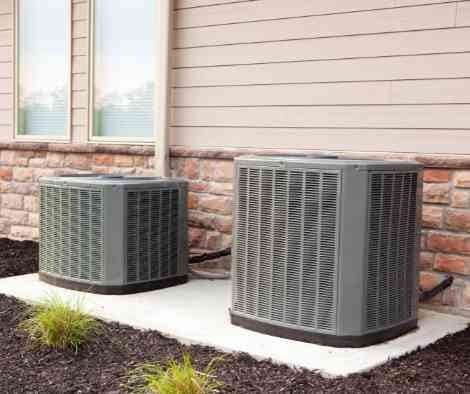520-629-9676
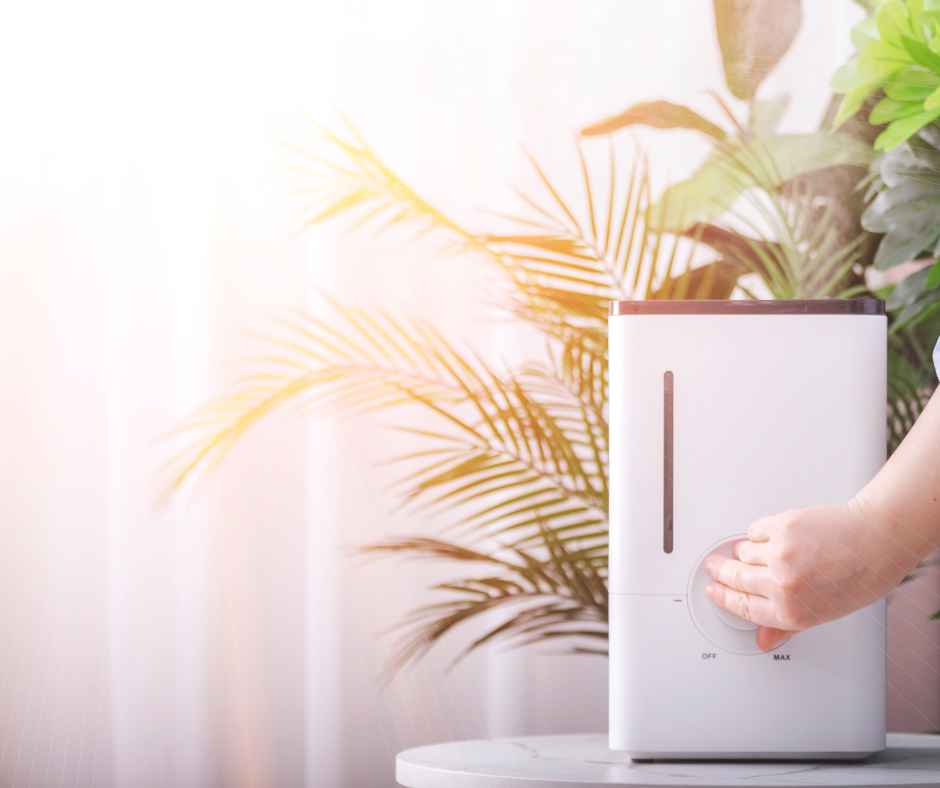
Do Dust & Pollen Force You to Upgrade Your Indoor Air Quality System?
Does your home constantly feel dusty no matter how often you clean? Are your allergies flaring up indoors even after changing your HVAC filter? If so, you’re not alone. Many homeowners underestimate how much everyday dust and seasonal pollen can degrade indoor air quality. From allergy triggers to breathing difficulties, these microscopic particles affect your comfort more than you realize. Over time, dust buildup and airborne pollen can overload standard HVAC systems, leaving your home feeling stuffy and stale.
In this blog, we’ll explore why dust and pollen matter, how to recognize when your system can’t keep up, and what solutions—from simple upgrades to whole-home systems—can help you reclaim fresher, healthier air.
Why Dust & Pollen Matter for Your Home’s Indoor Air Quality
Dust and pollen might seem like minor annoyances, but they’re actually significant contributors to poor indoor air quality. These tiny particles circulate throughout your home every time your HVAC system runs. Once airborne, they settle on furniture, floors, and even inside your ductwork, constantly recycling through your living spaces. Over time, this buildup can overwhelm even newer HVAC systems.
For many homeowners, dust and pollen aren’t just about cleanliness—they’re a direct trigger for allergies and respiratory issues. Whether it’s spring pollen entering through windows or everyday household dust kicked up by daily life, these airborne irritants can lead to sneezing, itchy eyes, and worsening asthma symptoms. This is especially problematic in homes without adequate filtration or purification systems.
What’s more, when your HVAC filters struggle to capture all of these particles, your entire system works harder. Dust accumulates inside ductwork and around air vents, reducing airflow and efficiency. This can lead to higher energy bills and premature wear on your HVAC equipment.
If dust and pollen are left unchecked in your home, you might experience:
- Persistent allergy symptoms
- Dusty surfaces shortly after cleaning
- Stale or musty odors lingering in the air
- Increased strain on your HVAC system
Understanding the true impact of these invisible invaders is the first step toward cleaner, healthier air inside your home.
Key Signs You Need to Upgrade Your Indoor Air Quality System
Many homeowners don’t realize their current HVAC system might not be equipped to handle the volume of dust and pollen infiltrating their home. Over time, your basic air filter may become overwhelmed—letting irritants circulate freely and reducing your home’s overall comfort. Recognizing the early warning signs can help you decide when it’s time for a system upgrade.
Common Signs Your Air Quality Is Suffering
Do you notice dust settling back onto surfaces shortly after cleaning? Are allergy symptoms getting worse when you’re indoors? These issues could be signs that your existing air filtration setup isn’t capturing enough airborne particles.
Watch for these indicators:
- Persistent Dust: Surfaces quickly gather dust, even after regular cleaning.
- Indoor Allergy Symptoms: Sneezing, itchy eyes, and respiratory discomfort worsen indoors.
- Musty or Stale Odors: Air smells heavy or unpleasant throughout the house.
- Dust Around Vents: Visible buildup around HVAC registers or vents.
- Frequent Filter Changes: Your filters clog quickly but air quality doesn’t improve.
Why This Happens in Many Homes
Seasonal changes often bring waves of pollen that easily enter your home through open doors, windows, and even tiny gaps in insulation. Once inside, basic filters may not capture these microscopic particles effectively. Similarly, everyday activities like vacuuming, cooking, and even walking around stir up household dust that your HVAC system recirculates.
Here’s why your system might struggle:
- Standard Filters: Many systems use lower-rated MERV filters that miss fine particulates like pollen.
- Older HVAC Systems: Lack advanced filtration or purification technologies.
- No Humidity Control: Dry air allows dust and pollen to linger longer in the air.
- Gaps in Your Home’s Shell: Cracks around windows and doors let pollen seep inside.
If you’re experiencing these problems, your HVAC system may need more than just a filter replacement—it could require a full upgrade to properly manage dust and pollen year-round.
Solutions to Combat Dust & Pollen in Your Home
Once dust and pollen become a constant battle inside your home, basic cleaning and filter changes often aren’t enough. Thankfully, there are effective ways to improve your indoor air quality—ranging from simple DIY fixes to professional system upgrades. Taking action can help you breathe easier, reduce allergies, and keep your home feeling fresh.
DIY Solutions for Immediate Relief
Homeowners can take several simple steps to help reduce dust and pollen buildup without major system changes. These tips can improve air quality temporarily or supplement more permanent solutions:
- Replace HVAC Filters Frequently: Aim to replace filters every 1 to 3 months. Use the highest MERV-rated filter your system allows for better dust and pollen capture.
- Add Portable HEPA Air Purifiers: Place standalone units in bedrooms or living spaces to trap airborne allergens where you spend the most time.
- Keep Windows Closed During Pollen Season: This minimizes outdoor allergens entering your home, especially on windy days.
- Vacuum Regularly With a HEPA-Filter Vacuum: Standard vacuums can stir up dust; HEPA filters trap it instead.
- Seal Air Leaks: Use weather stripping or caulk to close gaps around windows, doors, and vents where pollen can sneak in.
While these steps help, they often only offer temporary relief—especially during peak allergy seasons.
When to Call a Professional for Lasting Solutions
If you’re constantly battling dust buildup and worsening allergy symptoms, it may be time to consult an indoor air quality expert. Professionals can assess your home’s air system and recommend whole-home solutions tailored to your specific needs.
Consider professional help when:
- Allergy or asthma symptoms persist despite regular cleaning.
- Dust gathers quickly around vents and HVAC returns.
- Filters clog unusually fast without improving air quality.
- Your HVAC system is older or doesn’t support advanced filtration.
A professional can install whole-home air purifiers, media air filters, or humidity control systems directly into your HVAC setup. These solutions work continuously throughout your entire home, providing more comprehensive protection than standalone units.
By upgrading your system, you can effectively reduce dust and pollen, improve airflow, and create a healthier living environment year-round.
Additional Tips to Prevent Dust & Pollen Buildup Over Time
Keeping your home’s air clean isn’t a one-time fix. Once you’ve addressed immediate problems, ongoing maintenance is essential to prevent dust and pollen from returning. With a few consistent habits and professional support, you can maintain healthy indoor air and avoid recurring allergy issues.
Here are practical steps to help keep your air quality in top shape:
- Upgrade to High-MERV or HEPA Filters: If your system can handle it, install filters with higher MERV ratings or HEPA standards for better dust and pollen removal.
- Schedule Regular HVAC Maintenance: Have your system professionally serviced at least once a year to keep airflow optimized and components clean.
- Consider Whole-Home Air Purification: Investing in a purification system attached directly to your HVAC can capture and neutralize microscopic particles more effectively than portable units.
- Use Humidity Control Systems: Balanced indoor humidity prevents dust from lingering in the air. A whole-home humidifier or dehumidifier can help maintain ideal moisture levels.
- Run Your HVAC Fan More Frequently: Circulating air through your filters continuously traps more particles and keeps air fresh, especially during peak allergy seasons.
- Clean Ductwork When Necessary: Dust can build up inside ducts, especially in older homes. Consider professional duct cleaning if you notice heavy buildup around vents or worsening air quality.
By incorporating these maintenance practices, you can significantly reduce dust and pollen in your home—not just during allergy season, but year-round.
Breathe Easier With Improved Indoor Air
If dust and pollen are overwhelming your home, it’s not just a minor inconvenience—it’s a sign your indoor air quality needs attention. From allergy relief to overall comfort, addressing airborne contaminants improves the health and happiness of everyone in your household. While regular cleaning and filter changes help, they’re often no match for persistent dust buildup and seasonal pollen surges. Upgrading your indoor air quality system with professional solutions like whole-home purifiers, advanced filters, or humidity controls can make a lasting difference.
Don’t let dust and pollen control your home’s environment. Take proactive steps to refresh your air and protect your family’s health. Contact Russett Southwest today to explore indoor air quality solutions designed for your home. Their experts can help you choose the best system upgrades to ensure you’re breathing cleaner, healthier air year-round.
Recent News
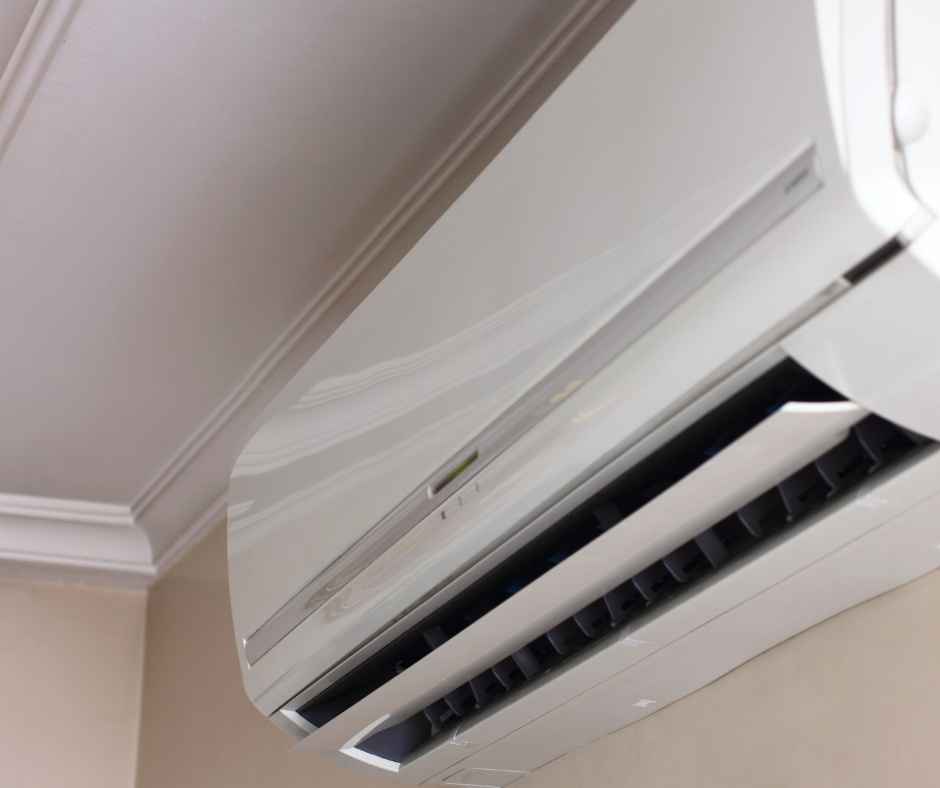
Ductless Mini-Split vs Central AC — Which Saves More in 115°F Heat?
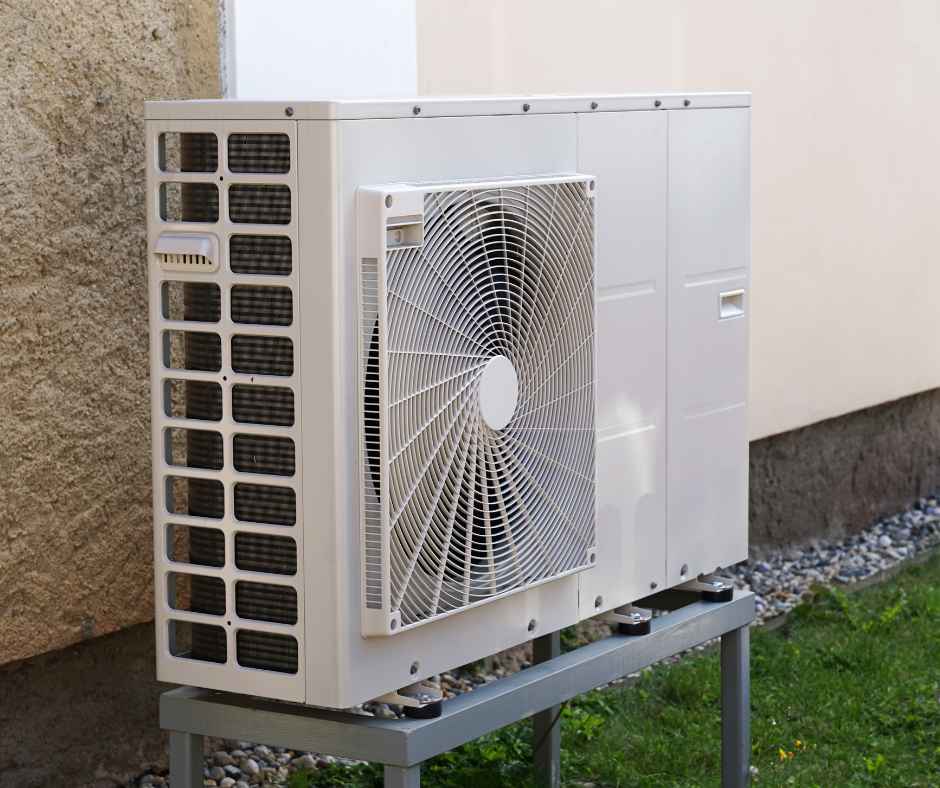
Tucson Homeowner’s Guide: Heat Pump Costs, Rebates & Savings in 2025
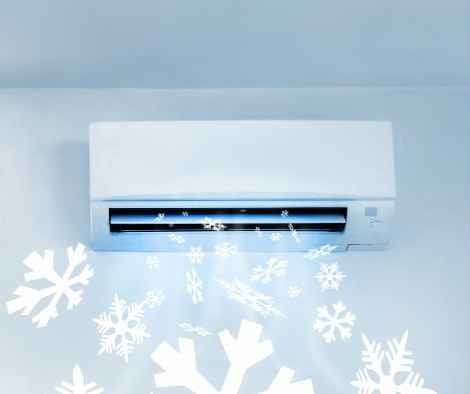
What Causes an Air Conditioner to Freeze Up?
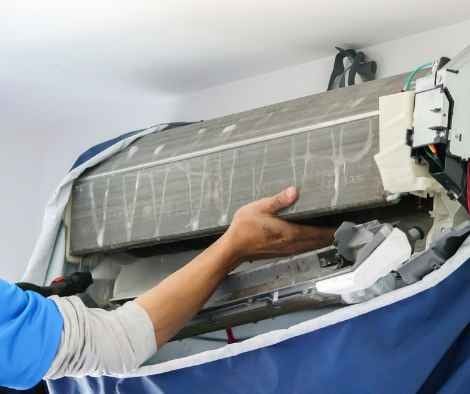
How to Clean Air Conditioner Coils
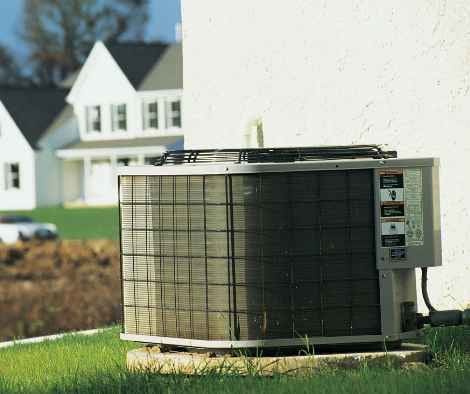
What Size Air Conditioner Do I Need?
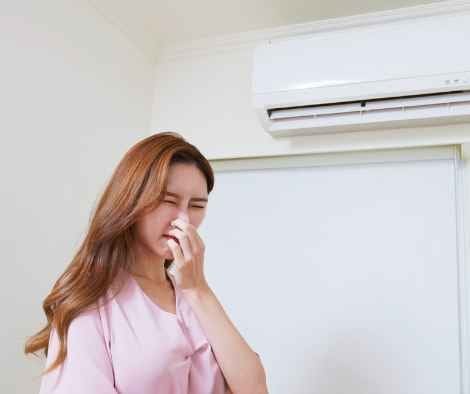
Why Does My Air Conditioner Smell?
